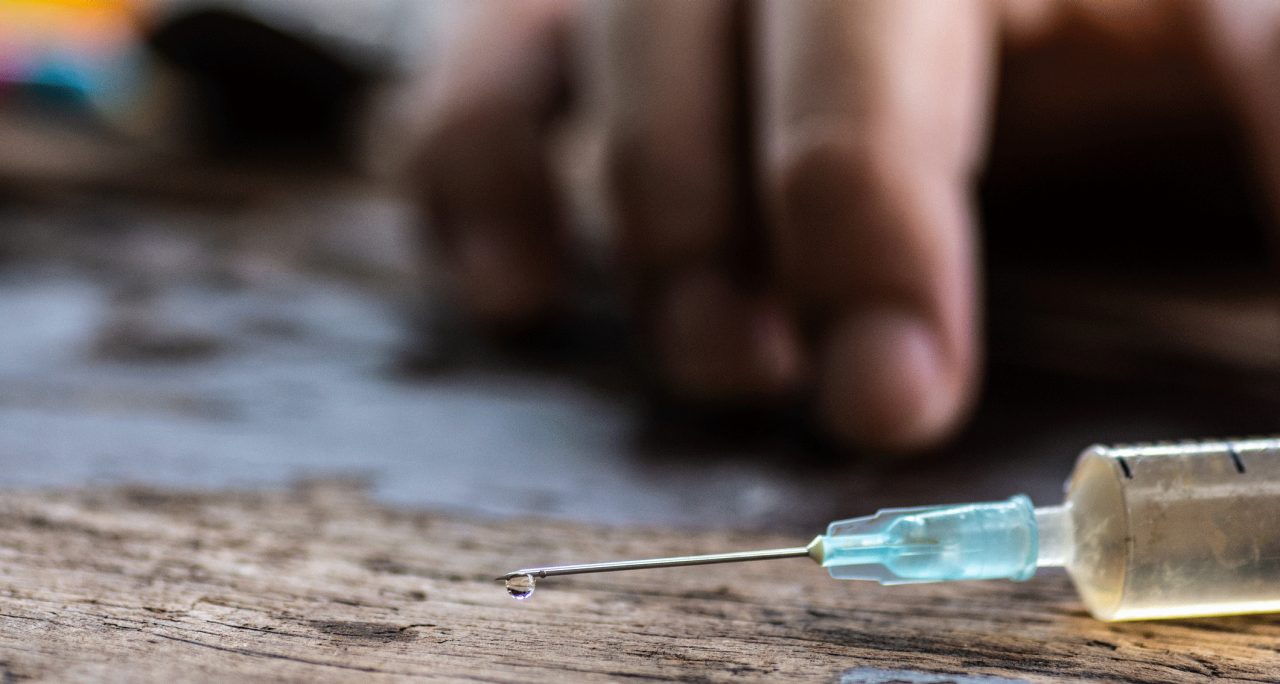U.S. Drug Overdoses Spiked During 2020

Drug overdose deaths rose by more than 18 percent last year, as use of the increasingly dangerous Fentanyl moved across the country.
Things were looking better: In 2018, the United States had its first drop in drug overdose deaths in 40 years.
But sadly, as of 2020, there was a spike, again, as fentanyl, the super-powerful opioid, spread across the country.
Drug overdose deaths rose more than 18 percent, taking 81,230 lives in the United States in the 12 months ending May 2020, the Centers for Disease Control and Prevention (CDC) reported.
YOU MIGHT ALSO LIKE: Marijuana's Effect on the Brain
Fentanyl use is spreading
The increase is largely deaths caused by the use of fentanyl, which dealers mix with heroin and, to a lesser extent, cocaine and methamphetamine. As recently as the summer of 2019, fentanyl deaths were concentrated in states east of the Mississippi River, where the heroin market has been mainly white powder. But fentanyl has gone west and south, and in the past year, those deaths nearly doubled in 10 states.
Iowa and Wisconsin in the Midwest, and Mississippi, Tennessee, and Georgia in the South, saw increases greater than 50 percent.
Overdoses involving methamphetamine or other stimulants also increased — by nearly 35 percent. People died from cocaine as well, but usually when using it combined with fentanyl or heroin.Fentanyl is a powerful synthetic opioid prescribed to treat patients with severe pain, usually after surgery. It is 50 to 100 times more potent than morphine. Street names for illegally used fentanyl include Apache, Dance Fever, Friend, Goodfellas, Jackpot, Murder 8, and Tango & Cash. You might see it as powder, dropped onto blotter paper, put in eye droppers and nasal sprays, or made into pills that look like other prescription opioids. Because it is so potent, it is a cheaper way to get a high. When dealers mix it with other drugs, users end up with a more powerful dose than they planned on.
Who is vulnerable?
Many of the people who died fell into groups who come into contact with medical professionals. In a 2019 CDC report, about 10 percent of people who died from an overdose had recently been released from an institution, including prison, inpatient rehabilitation facilities, or psychiatric hospitals. One solution is to make sure they have medication for substance issues before they leave. Nearly 20 percent had previously been treated for substance abuse, and about 10 percent had overdosed before. About a quarter of all the overdose deaths were people who had a mental health diagnosis.
What’s the solution?
To save lives, the CDC recommends making the medication naloxone (Narcan) more available to treat overdoses.
When people overdose with fentanyl, heroin, or prescription opioid painkillers, their breathing can slow down or stop, killing them. Naloxone can quickly restore normal breathing and save their lives. The drug, however, works to reduce opioid overdose for only 30 to 90 minutes. Since many deaths occur while a bystander is present, it’s important to call 911 for immediate medical attention; there maybe be effects of the overdose even after giving someone naloxone.
Although most overdoses involve street fentanyl, the CDC proposes that clinicians prescribe naloxone to some patients who are legally taking opioids. For example, anyone with an opioid prescription and sleep apnea or chronic obstructive pulmonary disease (COPD) may be at risk of an overdose. So are people who have prescriptions for both opioids and benzodiazepines like Klonopin. People with pain problems who have recently left a prison or hospital or have a history of drug abuse are good candidates for a naloxone prescription as well.
Naloxone comes in a prefilled auto-injection device called Evzio that makes it easy for families or emergency personnel to inject naloxone quickly into the outer thigh. Once activated, a voice comes out of the device giving instructions.
Narcan nasal spray is a prefilled, needle-free device that requires no assembly and is sprayed into one nostril while patients lie on their backs.
Both products come with two doses, if a second is needed.
There is also a generic liquid form used by paramedics, emergency room doctors, and other trained first responders.
Depending on the state you live in, friends, family members, and others in the community may give the auto-injector and nasal spray formulation of naloxone to someone who has overdosed. Some states require a physician to prescribe naloxone; in other states, pharmacies may distribute naloxone even if you don’t have a prescription.
Most health insurance plans, including Medicaid and Medicare plans, will cover at least one form and state or local programs may supply it free or at low cost.
Updated:
April 14, 2021
Reviewed By:
Janet O’Dell, RN